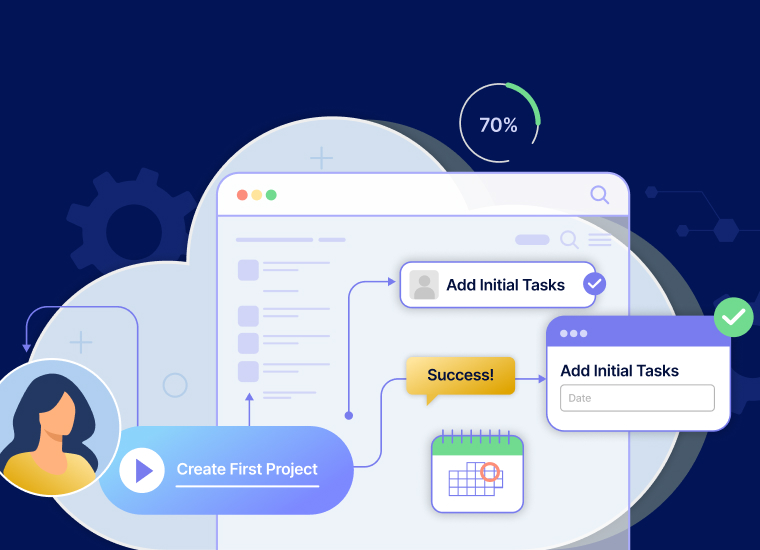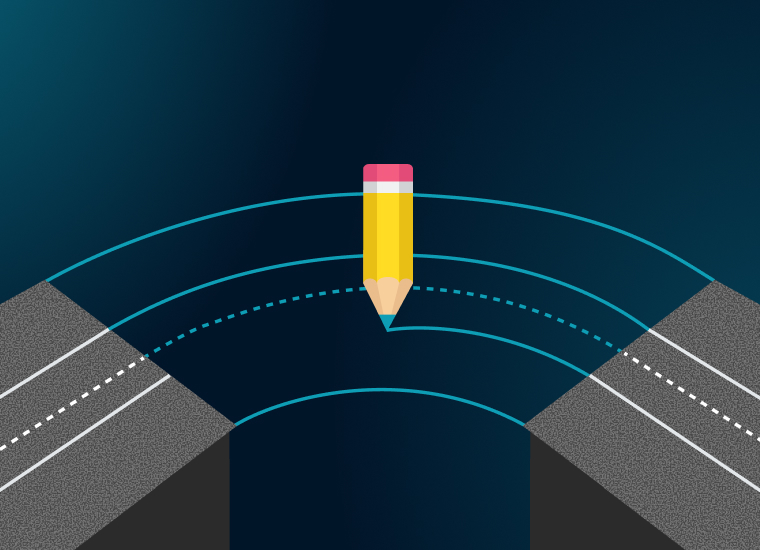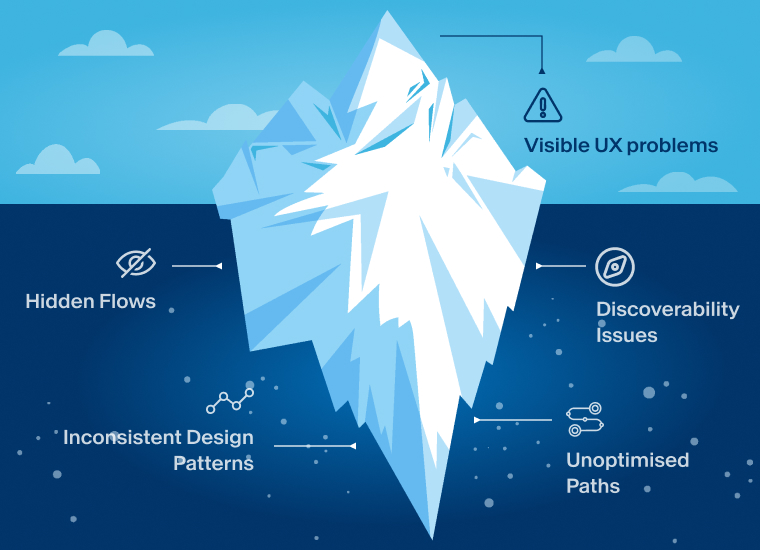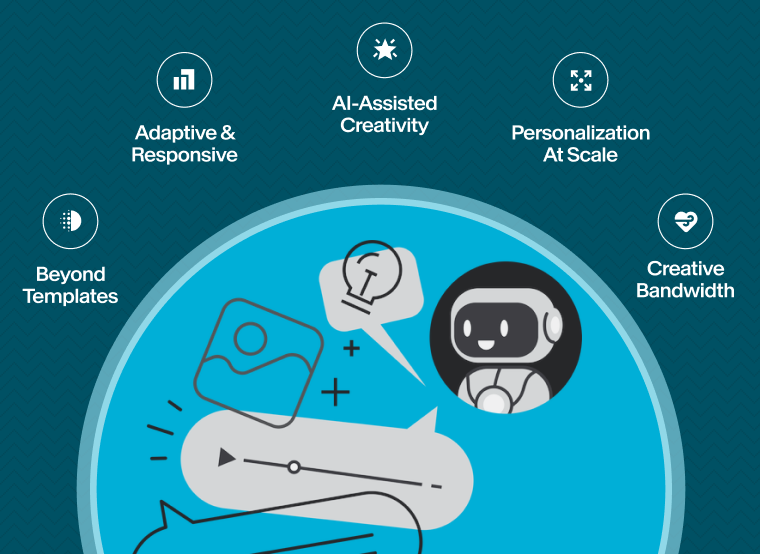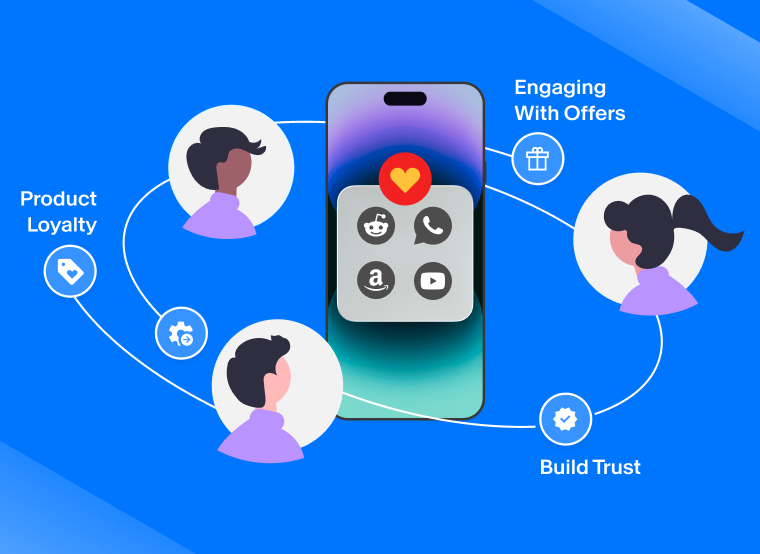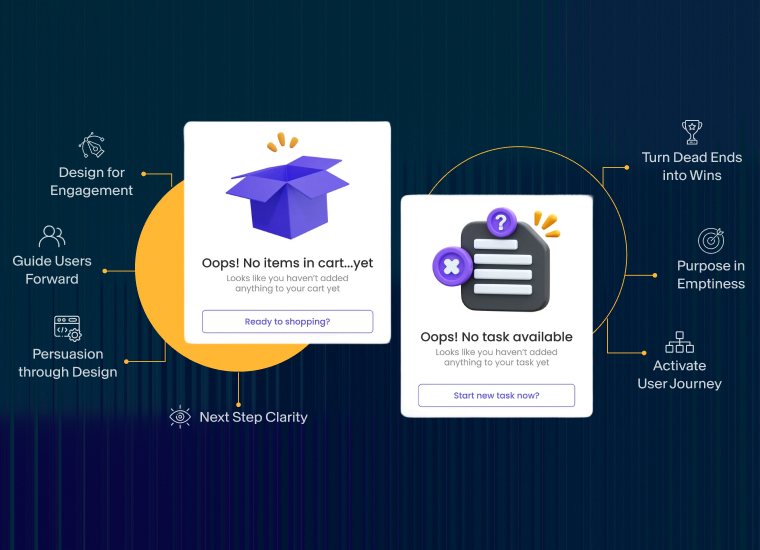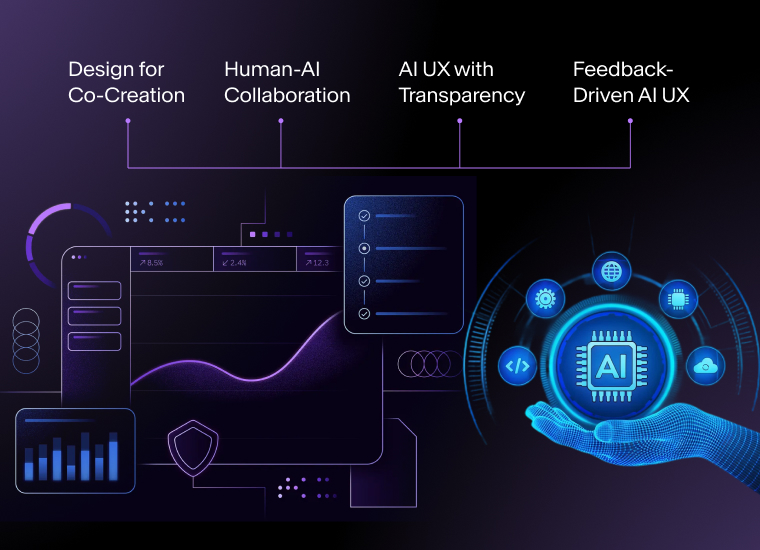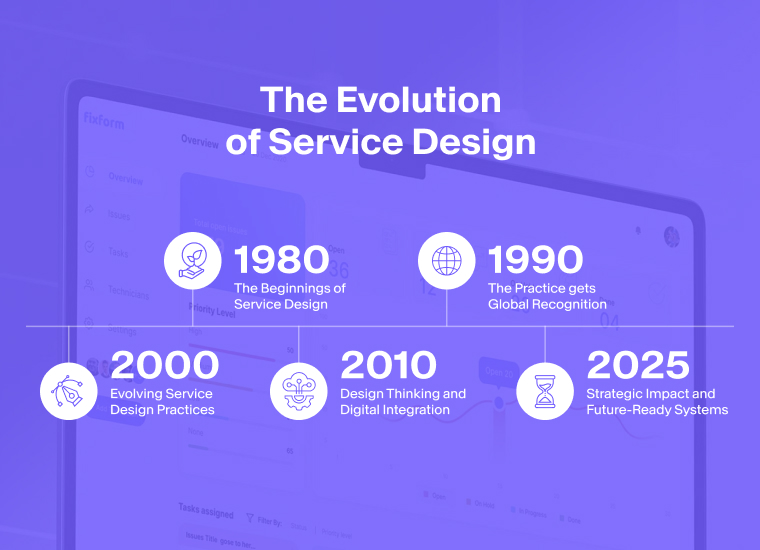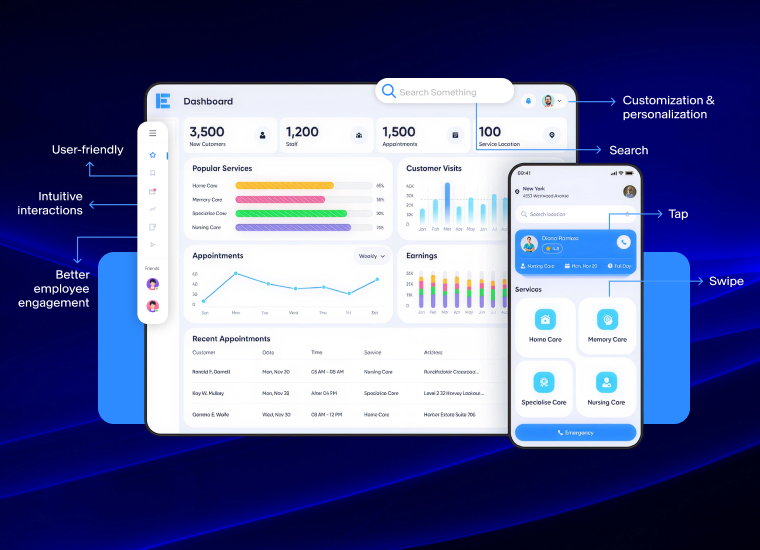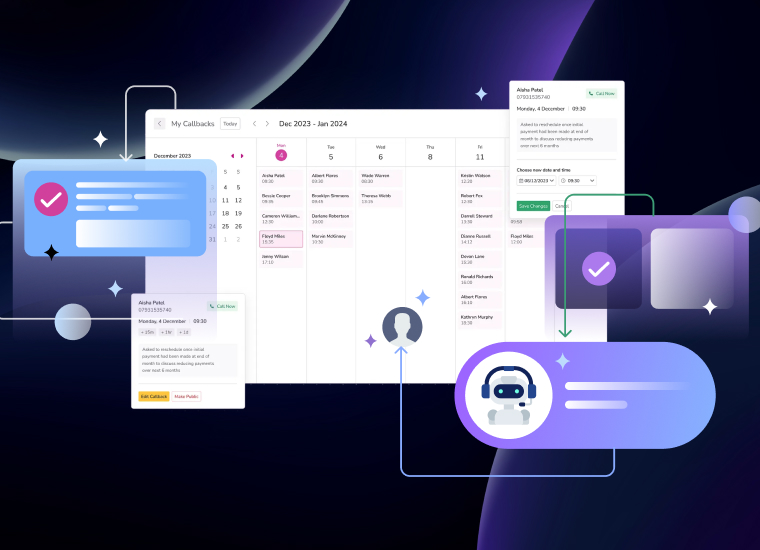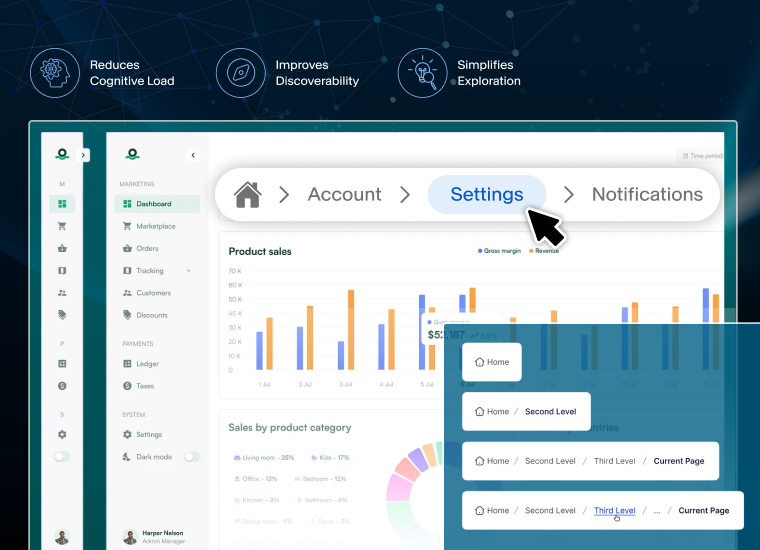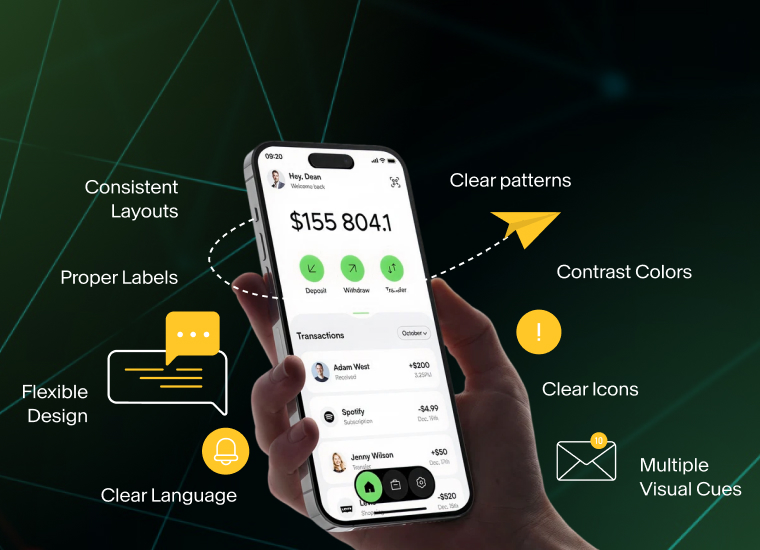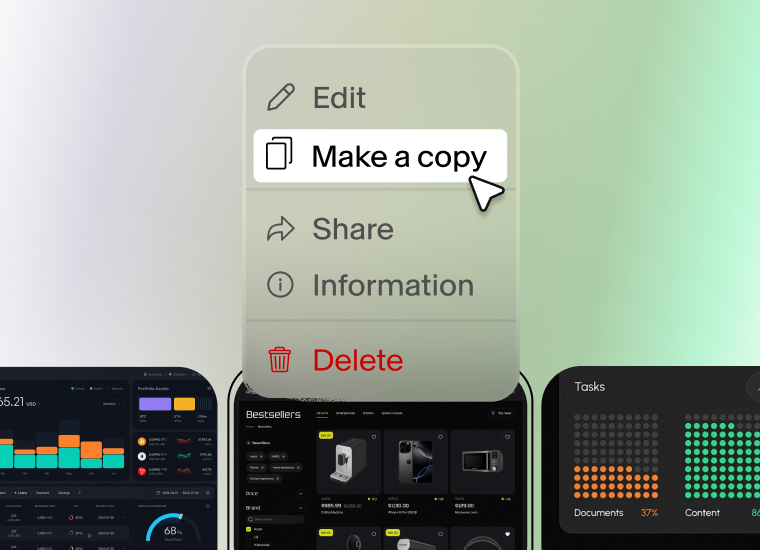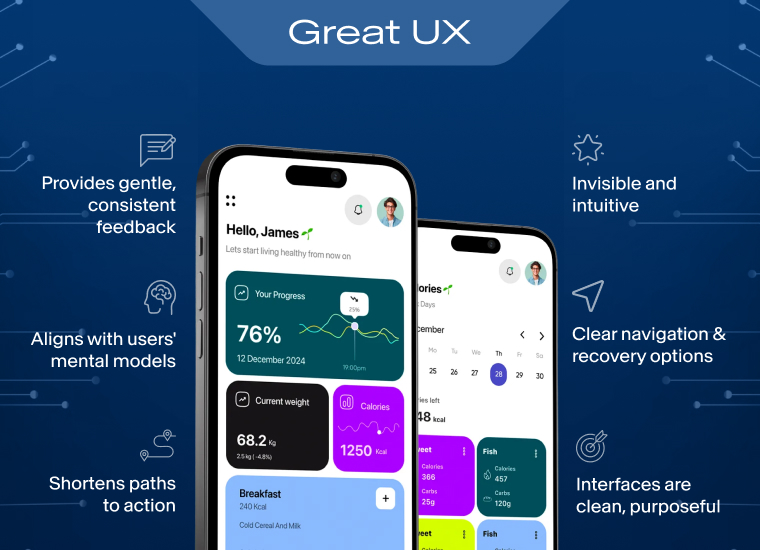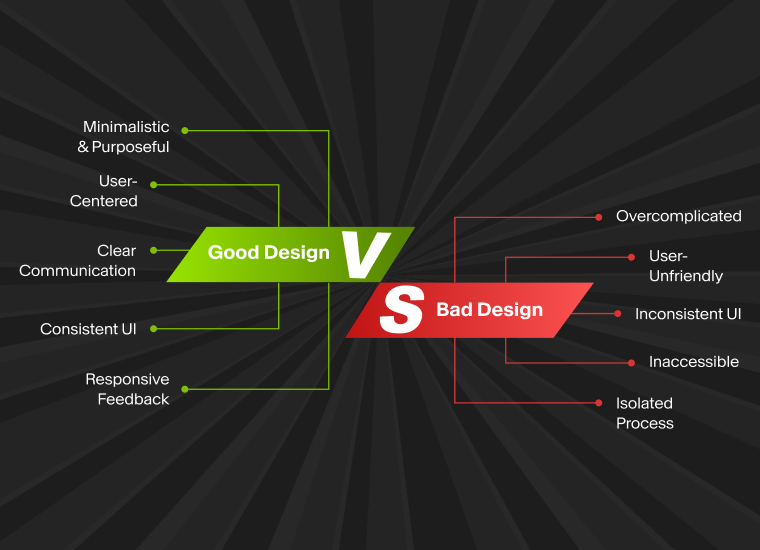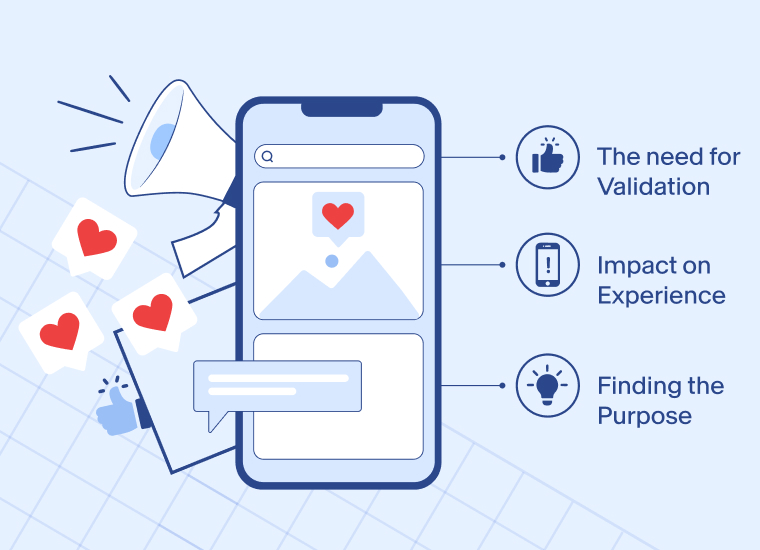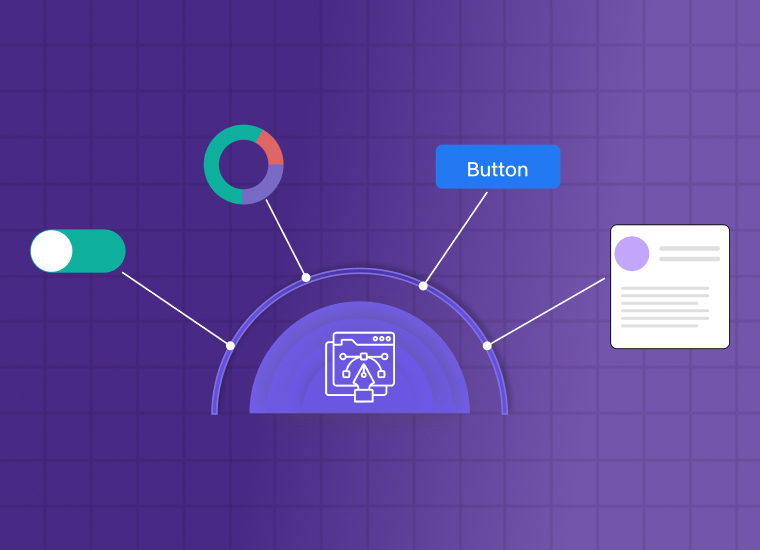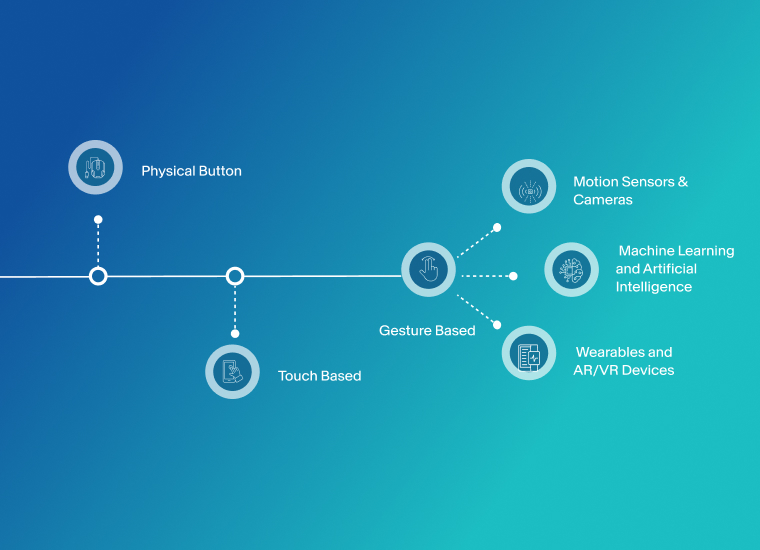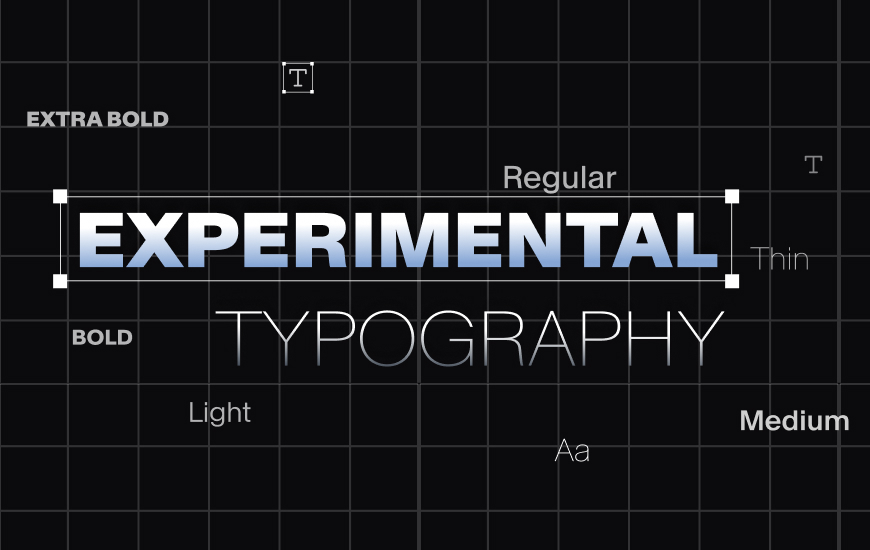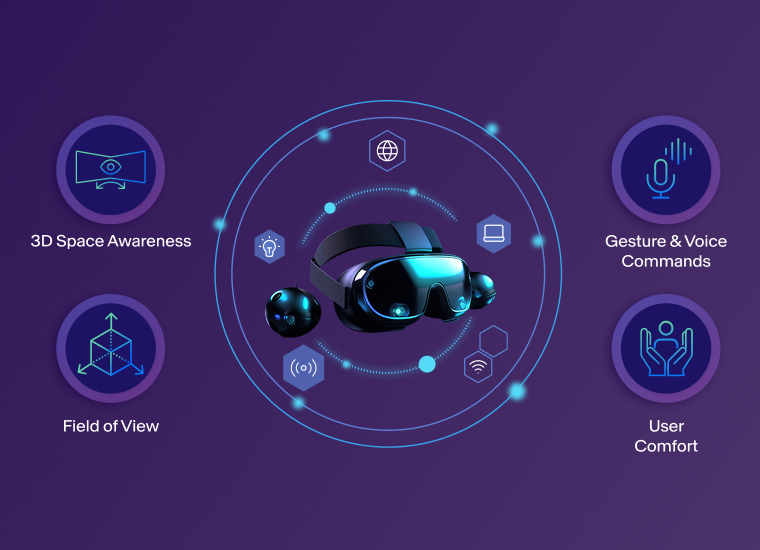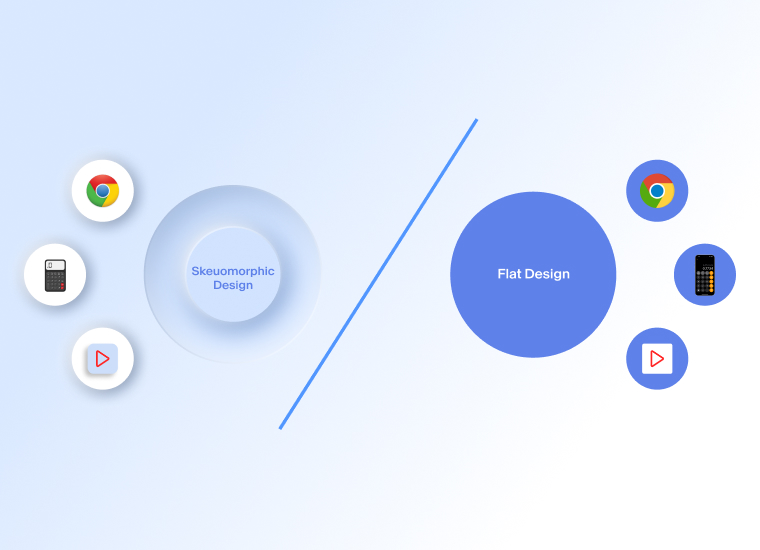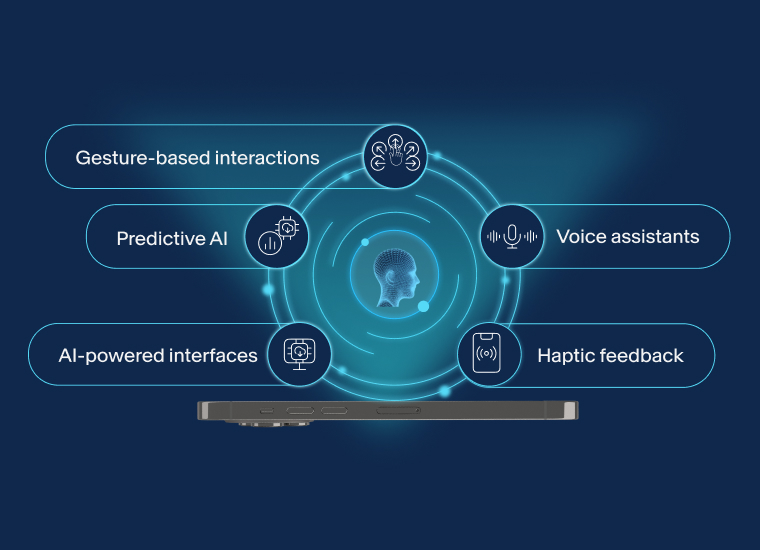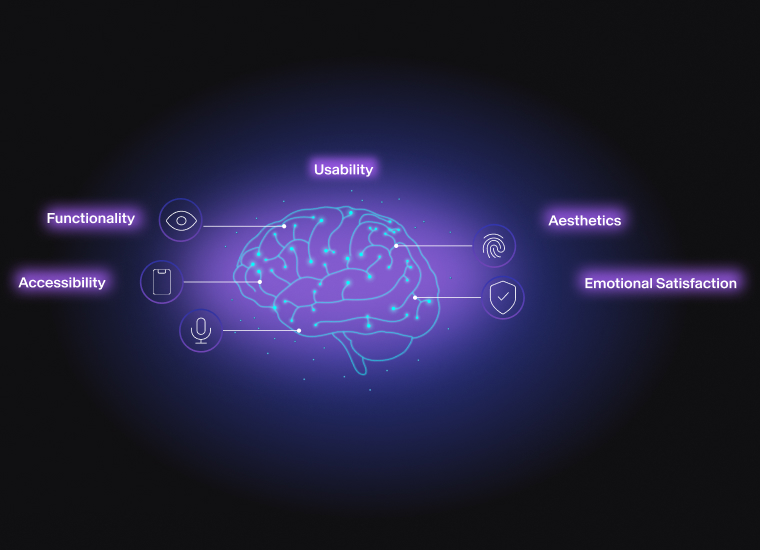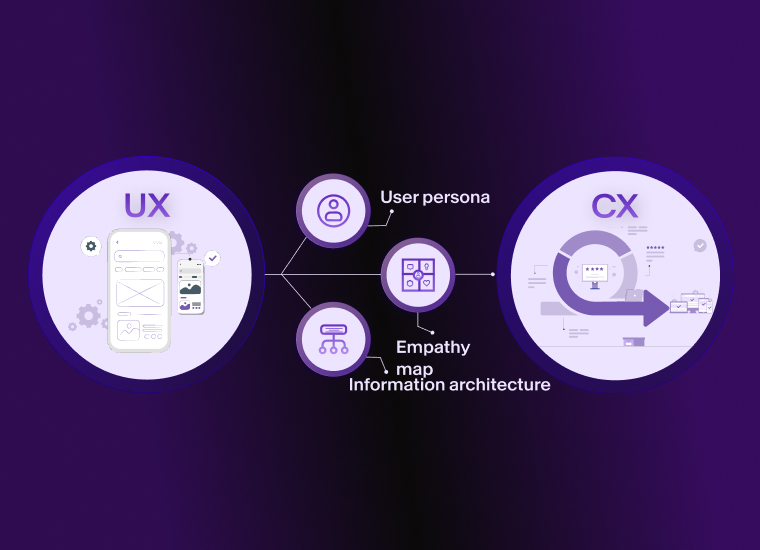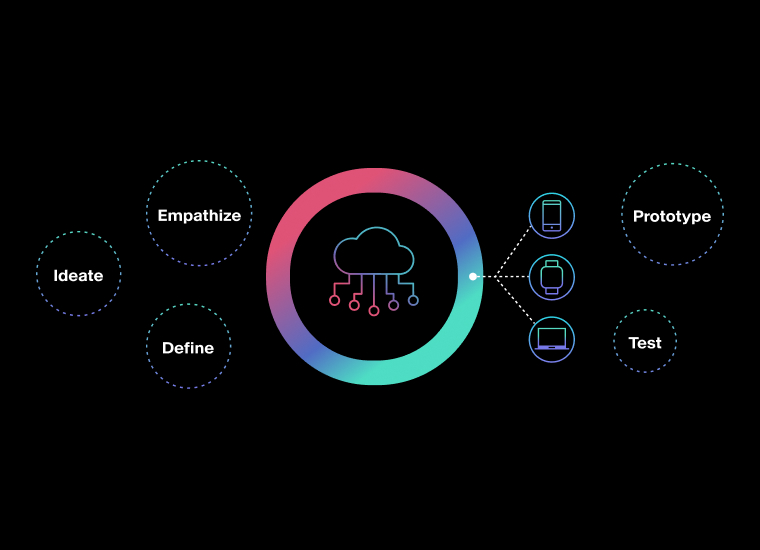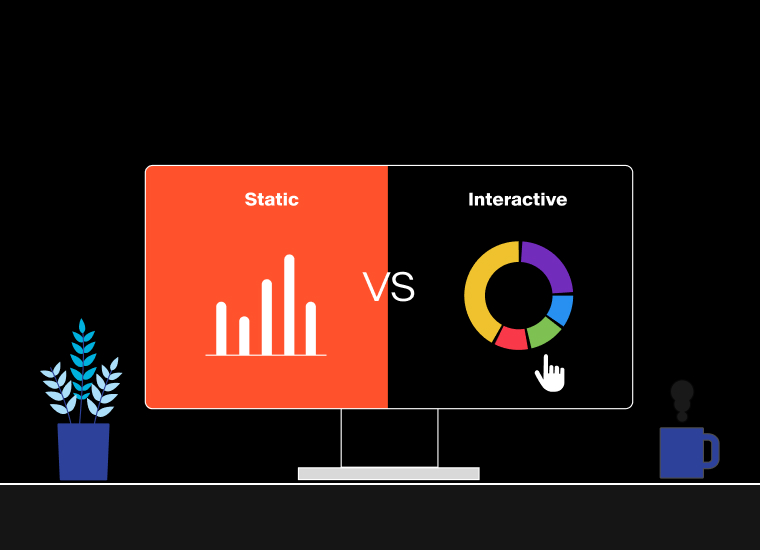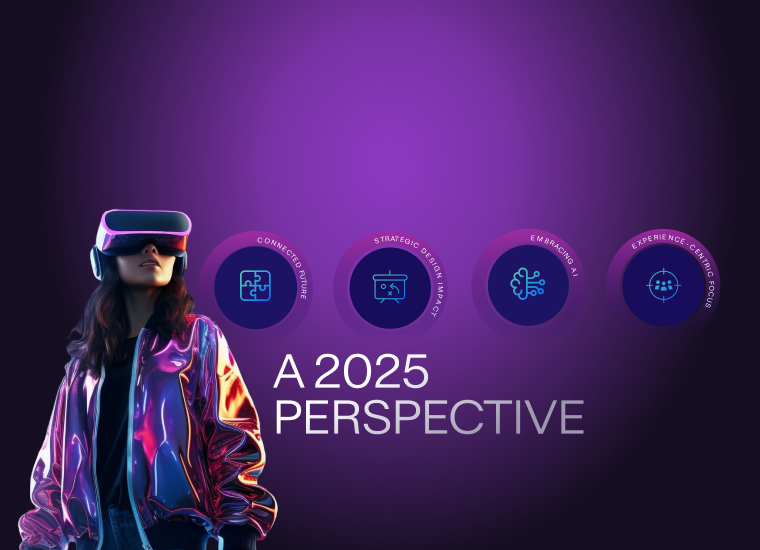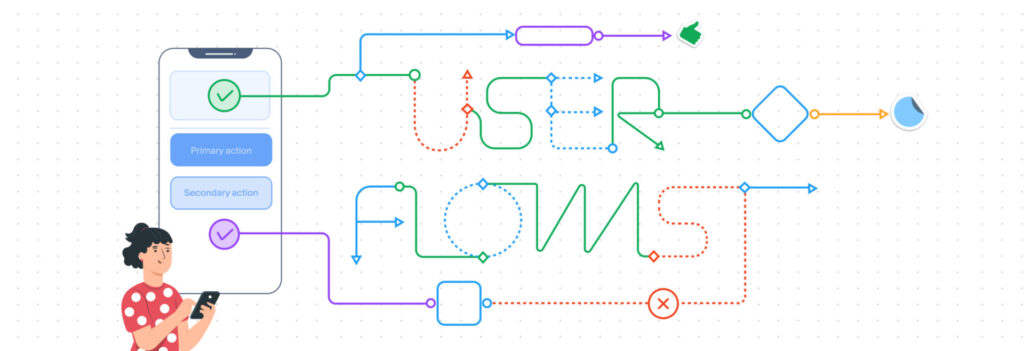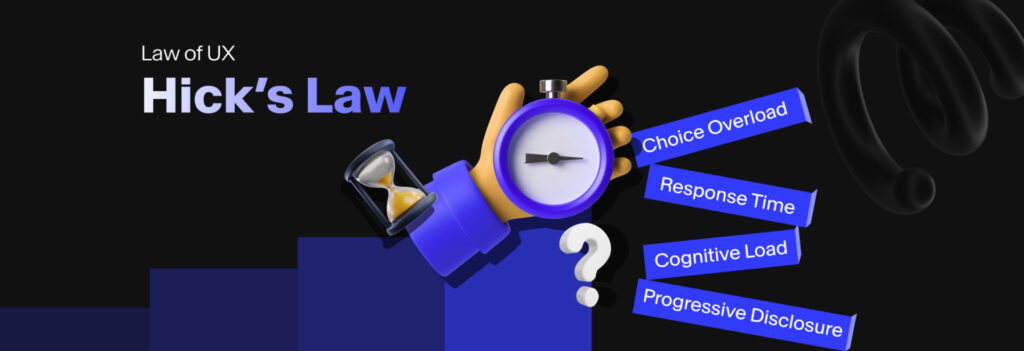Blog
Blog: Insights and ideas from Think Design leadership
For SaaS products and the environments they are utilized in, velocity is everything. Products evolve rapidly, new competitors emerge every year, and customer expectations shift before they even hit the markets. Yet amid this flux, one truth has become inescapable:
For over a decade, mobile design has been the dominant paradigm of digital interaction. From using only responsive grids to designing IAs according to thumb zones for efficiency, from leveraging infinite scrolls to using engaging micro-interactions, mobile-first design frameworks took
Every detail of a user journey in an e-commerce product matters, but none more so than the checkout. You can drop the biggest lead magnets for acquisition, build the most engaging product pages, provide users with compelling offers, and even
For decades, business leaders have obsessed over only one question: how do we shorten the sales cycle for business growth? The obvious answers range from refining outreach tactics to investing in automation, but organizations have tried countless strategies to move
The financial services industry has entered a decisive moment. In 2025, financial institutions aren’t just competing on interest rates, product features, or accessibility. They are competing on building experiences that move the industry. And in finance, experience must coexist with
For years, design teams thrived on creative freedom, attributing to inspiration, collaborative energy, and a deep understanding of users. But as the industry evolved to identify design as an integral part of the product development lifecycles, it matured into a
In today’s competitive digital economy, having a great product is not enough. Companies must deliver experiences that feel seamless, intuitive, and emotionally resonant—not just meeting business goals and metrics. That’s where UX maturity models come to your rescue. It is
At its crux, UI/UX design has always been about creating experiences—digital or otherwise—for people. But too often, design still slips into what can be called an ego-system mindset, a mode where design or product decisions are made based on organizational
UI/UX design, at its best, is not just about creating beautiful interfaces or friction-free user journeys, working toward an end goal for users. It’s about shaping lives through digital products. At Think Design, we believe that design carries the power
In the world of digital design, corporations are often obsessed with bringing the users closer to the desired business goal—one that brings them closer to the targeted sales, predicted impressions, required sign-ups, etc. They manifest as carts with a high
Service Design, as a specialized product design practice, has come a long way since its humble beginnings in the early 1980s. Originally envisioned as a way to improve just the backend operations, it has grown into a holistic, strategic design
Enterprise design once had a reputation. They were gray, clunky, and not function-first—rather function-only. Products like HR portals, SAP systems, and internal CRMs were never designed to instill delight in users, they were designed to do a quick job that
Digital experiences have evolved from simple interfaces to AI-powered systems that anticipate and adapt. But the next paradigm shift is already here: Agent Experiences, where autonomous AI agents act on behalf of users, completing tasks, negotiating outcomes, and coordinating across
As we witness the growing complexity of digital products, breadcrumbs aren’t just navigational aids anymore, they visualize a user’s mental models when navigating through an experience. A subtle but powerful design element, breadcrumb navigation is often overlooked in conversations around
In the world of digital design, we often focus on color as an integral part of UI to guide users through an experience, show visual feedback, and create visual delight when the user does an action. But what happens when
In the evolving landscape of UI/UX design, contextual menus have emerged as a pivotal tool to streamline user interaction on any experience designed for global audiences. These menus are often triggered by simple, universal actions like right-clicking or pressing and
In today’s digital-first world, user experiences aren’t just about functional products—they’re about connecting with global audiences. The best interfaces don’t just serve users efficiently; they understand them emotionally, adapt to their needs, and remain a step ahead when solving their
In today’s digital landscape, the appeal of likes, shares, and the consistent need for an increase in followers has become a dominant force shaping design decisions. The network of digital products and platforms has become tighter, with their instant feedback
Let’s be real here—designing for Gen Z isn’t just part of another checklist of design trends. It’s a complete reorientation of how we think about an organization’s digital presence, interaction, and identity in the digital space that’s now a permanent
In the evolving world of digital products that continue to close the gap between technology-led experiences and human-driven ones, designers continually seek new ways to create intuitive, scalable, and visually compelling designs. One of the most intriguing inspirations comes from
As technology continues to develop owing to the ever-evolving industry, so do the ways in which global users interact with digital experiences. Amidst these advancements, we’re witnessing a blend of design and technology that is redefining experiences worldwide—gesture-based interfaces. These
Typography has long been the backbone of graphic design, shaping the way we absorb information, feel emotion, and experience visual storytelling when trying to connect not only with products but also with digital experiences globally. But as design continues to
Technology is evolving unprecedentedly, and mixed reality (MR) is at the forefront of this transformation. By merging the physical world that we exist in with digital content that’s incessantly consumed, MR offers immersive experiences that redefine how we interact with
Digital design trends directly reflect continually evolving industries and the technology integrated within them. And as design continues to evolve, so do its principles. It moved from skeuomorphic interfaces, which mimic real-world objects in design, to the sleek and minimalistic
Our interaction with technology is evolving at an unprecedented pace. We’ve moved from experiences powered by graphical user interfaces (GUI) to ones with voice assistants, AI-powered interfaces, and gesture-based interactions, reducing our dependence on traditional screens. This shift in digital
The digital landscape across industries is not only evolving but consistently growing. Users expect seamless, real-time interactions that respond to their needs and anticipate them. That’s where Proactive UX Design steps in. This discipline goes beyond problem-solving—it ensures that users
Internet of Things (IoT) is transforming the way we sustain and work, creating a world where connected devices communicate with each other, providing real-time insights and enabling automated actions based on our inputs. But as IoT technology evolves, so does
In today’s data-driven world, organizations are flooded with data as a consistent stream of numbers, charts, and raw datasets. However, without context, data often remains a collection of abstract figures, struggling to resonate with the overall experience one tries to
Understanding users is paramount when designing globally accessible, intuitive products. Gaining valuable insights from user behaviors, triggers, and requirements helps create designs that resonate with the target audience. One method that has stood the test of time, as part of
Data visualization is the cornerstone of contemporary data analysis, helping organizations and large corporations interpret complex garnered data efficiently. But when it comes to choosing between static vs interactive data visualization, the decision isn’t always straightforward. Both approaches serve distinct
Personalization has evolved beyond being a mere trend in product design. It is now a necessity for businesses to engage users seamlessly and improve the overall user experience through intuitive design to build brand loyalty among the audience. Successful personalization
With the slew of digital products launched every year, success hinges on the clarity of the purpose and vision of the product. Whether designing an app or building a brand’s identity through a website, the foundation for achievement—from brand building
The world is changing, and so is design. As we move towards 2025, how we think about design is evolving—moving beyond aesthetics and functionality to focus on creating experiences that connect, inspire, and unify. At Think Design, we believe that
Launching a new digital product? If you are looking to create a digital product that not only provides functional value to the users but also keeps them engaged, user research is where you must begin. The foundation of a great
Creating intuitive and impactful digital experiences starts with setting a strong foundation of effective task flows, commonly known as user flows. Whether it is something as critical as booking an appointment or making a purchase on an eCommerce store, or
To fully appreciate Hick’s Law in UX Design, it’s important first to understand the decision-making process. When a user is presented with too many options, the brain has to filter out unnecessary information, leading to what is known as choice
The Pareto Principle, also commonly known as the 80/20 rule, is a concept that has influenced various industries, from economics to business strategy. As derived from Italian economist Vilfredo Pareto’s observation that 80% of the land in Italy was owned
The banking industry is undergoing rapid digital transformations as financial institutions continue to embrace advanced technologies to meet evolving customer expectations. In this highly competitive landscape, the success of banking products hinges on more than just the financial services they
As UX designers, our primary goal is to create experiences that are accessible, seamless, intuitive, and enjoyable for users worldwide. However, a critical aspect that often gets overlooked is cognitive load. It refers to the mental effort required for users
In today’s digital age, maintaining user engagement and motivation is a critical challenge for developers and designers. One effective strategy that has gained popularity is gamification. Gamification in UI/UX design has become an essential strategy to increase user engagement, motivate
Design is inherently human. It has always been for humans in traditional setups and will always be for humans in futuristic environments across the globe. And what makes humans the center of all experiences are emotions in design.In the ever-evolving
In an evolving world of software design and development, Agile UX has emerged as a crucial methodology for creating user-centric digital products. By integrating user experience design principles into agile processes, teams can ensure that the end product is not
